Original Range from $106
Select-A-Size
100s of sizes in 3 widths up to 5.5m long.
Ideal for gardens large and small.

CBD Range from $99
Ultra-modern range with a base for Courtyards, Balconies and Decks.
Large Planter
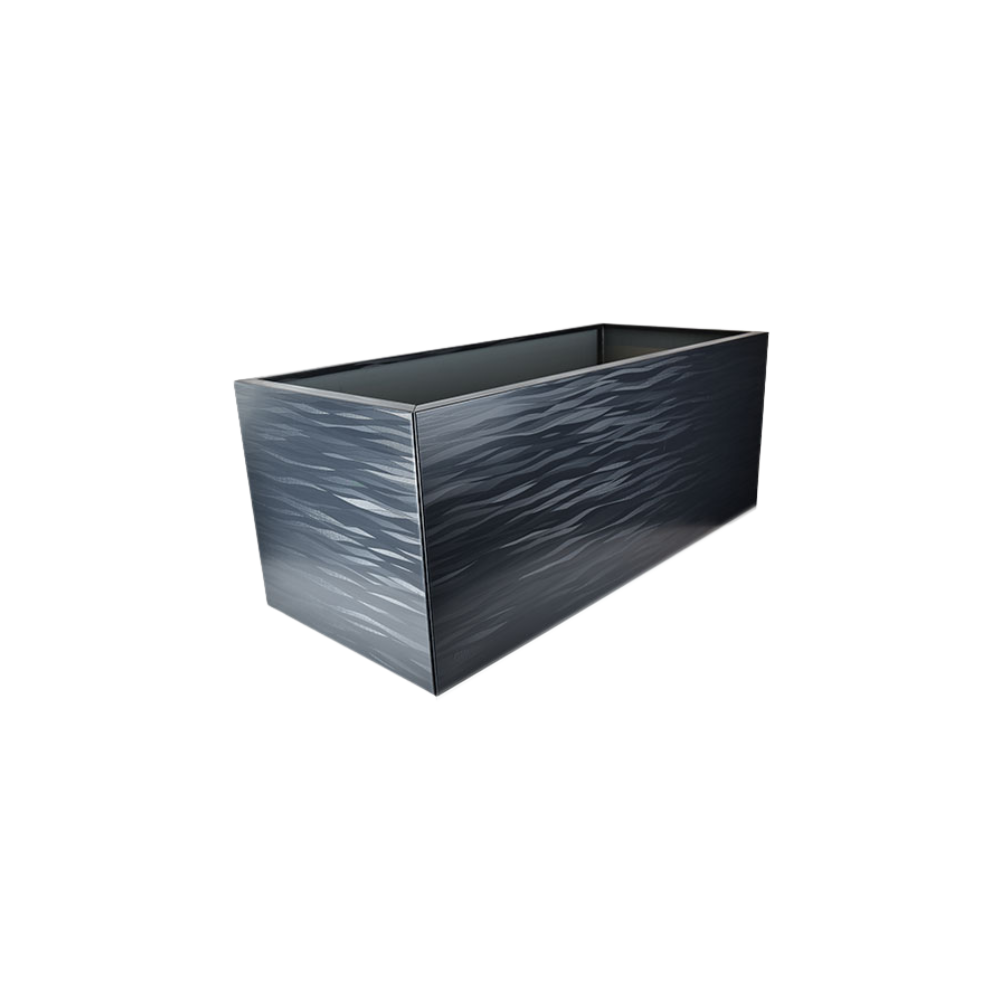
Original Range, only $115
Garden beds for large and small backyards.
Stainless steel fasteners for the harsh outdoors.
Circular Garden Bed
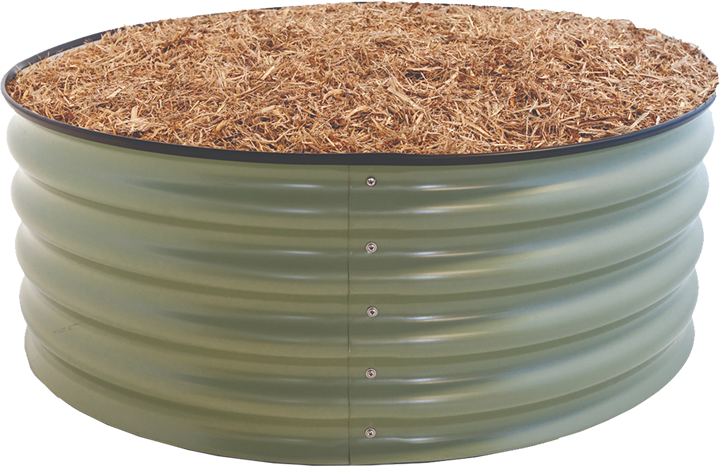
Heritage Range from $79
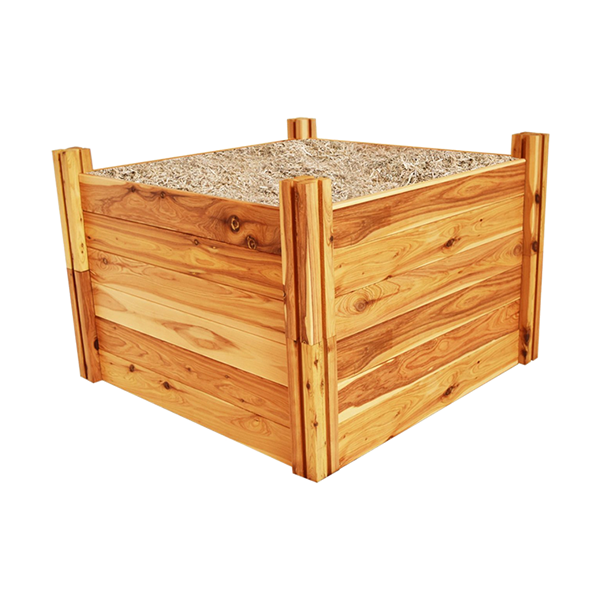
Veggie Bed
Modular garden beds.
Configure into 100s of possible sizes.





Birdies raised beds are the #1 raised bed on the planet
Established 2007, Gold Coast Australia.
Our Australian BlueScope steel uses a combination of Zinc, Magnesium and Aluminium and has been tried and tested in Australia for over 50 years.
We are on Instagram
@little_peas_familystead #fallgarden #perennials #homestead #homesteading #homesteadersofinstagram #beekeepers #beekeeping #raisedbeds #raisedbedgarden

@little_peas_familystead #fallgarden #perennials #homestead #homesteading #homesteadersofinstagram #beekeepers #beekeeping #raisedbeds #raisedbedgarden …
@self_sufficient_me You can NEVER have enough Birdies raised garden beds! 51, 52, 53… 😊
Head to our link in the bio to explore Birdies Raised Beds. ⬆️
#birdiesgardenbed #birdiesgardenproducts #birdies #epicgardening #raisedgardenbeds #raisedgarden #howtogrow #colourbondsteel #garden #gardening #growyourownfood #growyourownveggies #homegrownfood #homegrown #gardeninsmallspaces #organicgardening #smartgarden #organicfood #smartgarden #urbangarden #allotment #communitygarden

@self_sufficient_me You can NEVER have enough Birdies raised garden beds! 51, 52, 53… 😊
Head to our link in the bio to explore Birdies Raised Beds. ⬆️
#birdiesgardenbed #birdiesgardenproducts #birdies #epicgardening #raisedgardenbeds #raisedgarden #howtogrow #colourbondsteel #garden #gardening #growyourownfood #growyourownveggies #homegrownfood #homegrown #gardeninsmallspaces #organicgardening #smartgarden #organicfood #smartgarden #urbangarden #allotment #communitygarden
…
Enhance your garden or patio area with a mix of modern Birdies beds and colourful decorations to add personality and charm to your outdoor space!
Head to our link in the bio to explore Birdies Raised Beds. ⬆️
#birdiesgardenbed #birdiesgardenproducts #birdies #epicgardening #raisedgardenbeds #raisedgarden #howtogrow #colourbondsteel #garden #gardening #growyourownfood #growyourownveggies #homegrownfood #homegrown #gardeninsmallspaces #organicgardening #smartgarden #organicfood #smartgarden #urbangarden #allotment #communitygarden #patiodesign #patiodecor #patio

Enhance your garden or patio area with a mix of modern Birdies beds and colourful decorations to add personality and charm to your outdoor space!
Head to our link in the bio to explore Birdies Raised Beds. ⬆️
#birdiesgardenbed #birdiesgardenproducts #birdies #epicgardening #raisedgardenbeds #raisedgarden #howtogrow #colourbondsteel #garden #gardening #growyourownfood #growyourownveggies #homegrownfood #homegrown #gardeninsmallspaces #organicgardening #smartgarden #organicfood #smartgarden #urbangarden #allotment #communitygarden #patiodesign #patiodecor #patio
…
@#self_sufficient_me Aztec corn is an old-style heirloom perfect to grow at home because of its ability to adapt to different soil types and climates. Use it like regular corn or dry and mill it for corn flour. Much better than the glyphosate-sprayed GMO stuff…
Head to our link in the bio to explore Birdies Raised Beds. ⬆️
#birdiesgardenbed #birdiesgardenproducts #birdies #epicgardening #raisedgardenbeds #raisedgarden #howtogrow #colourbondsteel #garden #gardening #growyourownfood #growyourownveggies #homegrownfood #homegrown #gardeninsmallspaces #organicgardening #smartgarden #organicfood #smartgarden #urbangarden #allotment #communitygarden #corn #azteccorn.

@#self_sufficient_me Aztec corn is an old-style heirloom perfect to grow at home because of its ability to adapt to different soil types and climates. Use it like regular corn or dry and mill it for corn flour. Much better than the glyphosate-sprayed GMO stuff…
Head to our link in the bio to explore Birdies Raised Beds. ⬆️
#birdiesgardenbed #birdiesgardenproducts #birdies #epicgardening #raisedgardenbeds #raisedgarden #howtogrow #colourbondsteel #garden #gardening #growyourownfood #growyourownveggies #homegrownfood #homegrown #gardeninsmallspaces #organicgardening #smartgarden #organicfood #smartgarden #urbangarden #allotment #communitygarden #corn #azteccorn.
…
#self_sufficient_me I turned 15 green supermarket potatoes into a pile of edible ones! 👍😉
Don`t throw out green Potatoes. Put them in a Birdies raised bed and grow more.
Head to our link in the bio to explore Birdies Raised Beds. ⬆️
#birdiesgardenbed #birdiesgardenproducts #birdies #epicgardening #raisedgardenbeds #raisedgarden #howtogrow #colourbondsteel #garden #gardening #growyourownfood #growyourownveggies #homegrownfood #homegrown #gardeninsmallspaces #organicgardening #smartgarden #organicfood #smartgarden #urbangarden #allotment #communitygarden #potatoes #howtogrowpotatoes

#self_sufficient_me I turned 15 green supermarket potatoes into a pile of edible ones! 👍😉
Don`t throw out green Potatoes. Put them in a Birdies raised bed and grow more.
Head to our link in the bio to explore Birdies Raised Beds. ⬆️
#birdiesgardenbed #birdiesgardenproducts #birdies #epicgardening #raisedgardenbeds #raisedgarden #howtogrow #colourbondsteel #garden #gardening #growyourownfood #growyourownveggies #homegrownfood #homegrown #gardeninsmallspaces #organicgardening #smartgarden #organicfood #smartgarden #urbangarden #allotment #communitygarden #potatoes #howtogrowpotatoes
…
Rainfall bliss for our Veggie Patch! 😍💦
Head to our link in the bio to explore Birdies Raised Beds. ⬆️
#birdiesgardenbed #birdiesgardenproducts #birdies #epicgardening #raisedgardenbeds #raisedgarden #howtogrow #colourbondsteel #garden #gardening #growyourownfood #growyourownveggies #homegrownfood #homegrown #gardeninsmallspaces #organicgardening #smartgarden #organicfood #smartgarden #urbangarden #allotment #communitygarden #rain #veggiepatch

Rainfall bliss for our Veggie Patch! 😍💦
Head to our link in the bio to explore Birdies Raised Beds. ⬆️
#birdiesgardenbed #birdiesgardenproducts #birdies #epicgardening #raisedgardenbeds #raisedgarden #howtogrow #colourbondsteel #garden #gardening #growyourownfood #growyourownveggies #homegrownfood #homegrown #gardeninsmallspaces #organicgardening #smartgarden #organicfood #smartgarden #urbangarden #allotment #communitygarden #rain #veggiepatch
…
#self_sufficient_me Ok, I`ll eat them then… it`s just that I`m so full of berries at the moment 😁👍
To care for your strawberries, make sure to give them plenty of water, provide them with a sunny spot to bask in, use good-quality soil that drains well, give them some nutrient-rich fertiliser now and then, protect them from pesky pests and diseases, and don`t forget to snip off those little runner plants and replant them into a new Birdies raised garden bed to expand your crop.
📸 @self_sufficient_me
Head to our link in the bio to explore Birdies Raised Beds. ⬆️
#birdiesgardenbed #birdiesgardenproducts #birdies #epicgardening #raisedgardenbeds #raisedgarden #howtogrow #colourbondsteel #garden #gardening #growyourownfood #growyourownveggies #homegrownfood #homegrown #gardeninsmallspaces #organicgardening #smartgarden #organicfood #smartgarden #urbangarden #allotment #communitygarden #strawberry

#self_sufficient_me Ok, I`ll eat them then… it`s just that I`m so full of berries at the moment 😁👍
To care for your strawberries, make sure to give them plenty of water, provide them with a sunny spot to bask in, use good-quality soil that drains well, give them some nutrient-rich fertiliser now and then, protect them from pesky pests and diseases, and don`t forget to snip off those little runner plants and replant them into a new Birdies raised garden bed to expand your crop.
📸 @self_sufficient_me
Head to our link in the bio to explore Birdies Raised Beds. ⬆️
#birdiesgardenbed #birdiesgardenproducts #birdies #epicgardening #raisedgardenbeds #raisedgarden #howtogrow #colourbondsteel #garden #gardening #growyourownfood #growyourownveggies #homegrownfood #homegrown #gardeninsmallspaces #organicgardening #smartgarden #organicfood #smartgarden #urbangarden #allotment #communitygarden #strawberry
…
Let`s make World Environment Day special by getting our eco-friendly game on and demonstrating our deep care for our beautiful planet!
Head to our link in the bio to explore Birdies Raised Beds. ⬆️
#birdiesgardenbed #birdiesgardenproducts #birdies #epicgardening #raisedgardenbeds #raisedgarden #howtogrow #colourbondsteel #garden #gardening #growyourownfood #growyourownveggies #homegrownfood #homegrown #gardeninsmallspaces #organicgardening #smartgarden #organicfood #smartgarden #urbangarden #allotment #communitygarden #WorldEnvironmentDay #ForNature #environment

Let`s make World Environment Day special by getting our eco-friendly game on and demonstrating our deep care for our beautiful planet!
Head to our link in the bio to explore Birdies Raised Beds. ⬆️
#birdiesgardenbed #birdiesgardenproducts #birdies #epicgardening #raisedgardenbeds #raisedgarden #howtogrow #colourbondsteel #garden #gardening #growyourownfood #growyourownveggies #homegrownfood #homegrown #gardeninsmallspaces #organicgardening #smartgarden #organicfood #smartgarden #urbangarden #allotment #communitygarden #WorldEnvironmentDay #ForNature #environment
…
Rosemary is truly a beautiful herb that adds flavour and enhances any dish`s overall look.🌱
Rosemary is an easy-to-grow herb, tolerant of different climates, requiring minimal care, and thriving in well-draining soil with plenty of sunlight.😊
Head to our link in the bio to explore Birdies Raised Beds. (Birdies deluxe range in corten steel) ⬆️
#birdiesgardenbed #birdiesgardenproducts #birdies #epicgardening #raisedgardenbeds #raisedgarden #howtogrow #colourbondsteel #garden #gardening #growyourownfood #growyourownveggies #homegrownfood #homegrown #gardeninsmallspaces #organicgardening #smartgarden #organicfood #smartgarden #urbangarden #allotment #communitygarden #rosemary

Rosemary is truly a beautiful herb that adds flavour and enhances any dish`s overall look.🌱
Rosemary is an easy-to-grow herb, tolerant of different climates, requiring minimal care, and thriving in well-draining soil with plenty of sunlight.😊
Head to our link in the bio to explore Birdies Raised Beds. (Birdies deluxe range in corten steel) ⬆️
#birdiesgardenbed #birdiesgardenproducts #birdies #epicgardening #raisedgardenbeds #raisedgarden #howtogrow #colourbondsteel #garden #gardening #growyourownfood #growyourownveggies #homegrownfood #homegrown #gardeninsmallspaces #organicgardening #smartgarden #organicfood #smartgarden #urbangarden #allotment #communitygarden #rosemary
…
@self_sufficient_me A simple way to protect veggies in raised beds from bush turkeys
Head to our link in the bio to explore Birdies Raised Beds. ⬆️
#birdiesgardenbed #birdiesgardenproducts #birdies #epicgardening #raisedgardenbeds #raisedgarden #howtogrow #colourbondsteel #garden #gardening #growyourownfood #growyourownveggies #homegrownfood #homegrown #gardeninsmallspaces #organicgardening #smartgarden #organicfood #smartgarden #urbangarden #allotment #communitygarden #howtoprotectvegies #bushturkeys

@self_sufficient_me A simple way to protect veggies in raised beds from bush turkeys
Head to our link in the bio to explore Birdies Raised Beds. ⬆️
#birdiesgardenbed #birdiesgardenproducts #birdies #epicgardening #raisedgardenbeds #raisedgarden #howtogrow #colourbondsteel #garden #gardening #growyourownfood #growyourownveggies #homegrownfood #homegrown #gardeninsmallspaces #organicgardening #smartgarden #organicfood #smartgarden #urbangarden #allotment #communitygarden #howtoprotectvegies #bushturkeys
…
Australian Steel and Timber

Our Cypress Timber is Forestry Certified Australian grown timber.
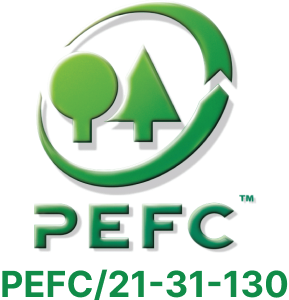
We follow the strict guidelines set by PEFC, the world’s largest source of certified, sustainably managed forests.

Australian Made and Owned

Australian BlueScope Steel
Birdies Story
The Birdies Original Raised Corrugated Garden Bed was created by Simon Bird in 2007 after noticing farmers using old corrugated water tanks as garden beds. After receiving positive feedback at Garden Expos, Simon Bird and Neill Bosch decided to start manufacturing the beds themselves in 2008. They rented a 160-square-meter premise and purchased machinery for in-house manufacture.
In 2009, the All-New Birdies Original Modular Raised Garden Bed prototype was manufactured. Innovation has been the key to the success of the Birdies Brand, which now offers more than 1000 SKUs in raised garden beds, with the kit form being the basis of most of the products marketed and manufactured by Birdies.
Reviews
Growing Vegetables is easy with Birdies Garden Products!


On Sale!
Heritage Range Veggie Bed
Birdies Heritage modular garden bed can be configured into 100’s of possible sizes when using 2 or more kits. The Birdies modular garden bed is extremely easy to assemble and no tools are required. Heritage raised garden beds are made from the highest quality natural cypress pine heartwood. Our timber is chemical free, has a class 1 durability and is resistant to termite attacks.
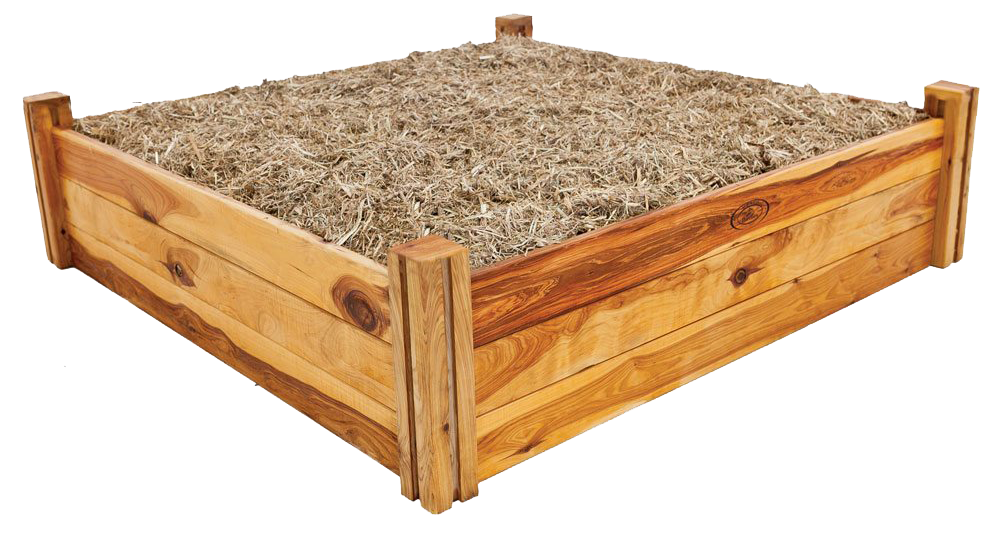
Featured Publications
We are featured in print and TV.




















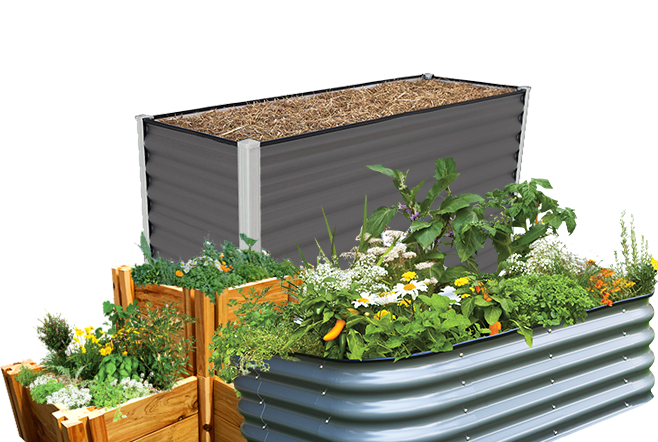
 US
US UK
UK NZ
NZ SA
SA DE
DE